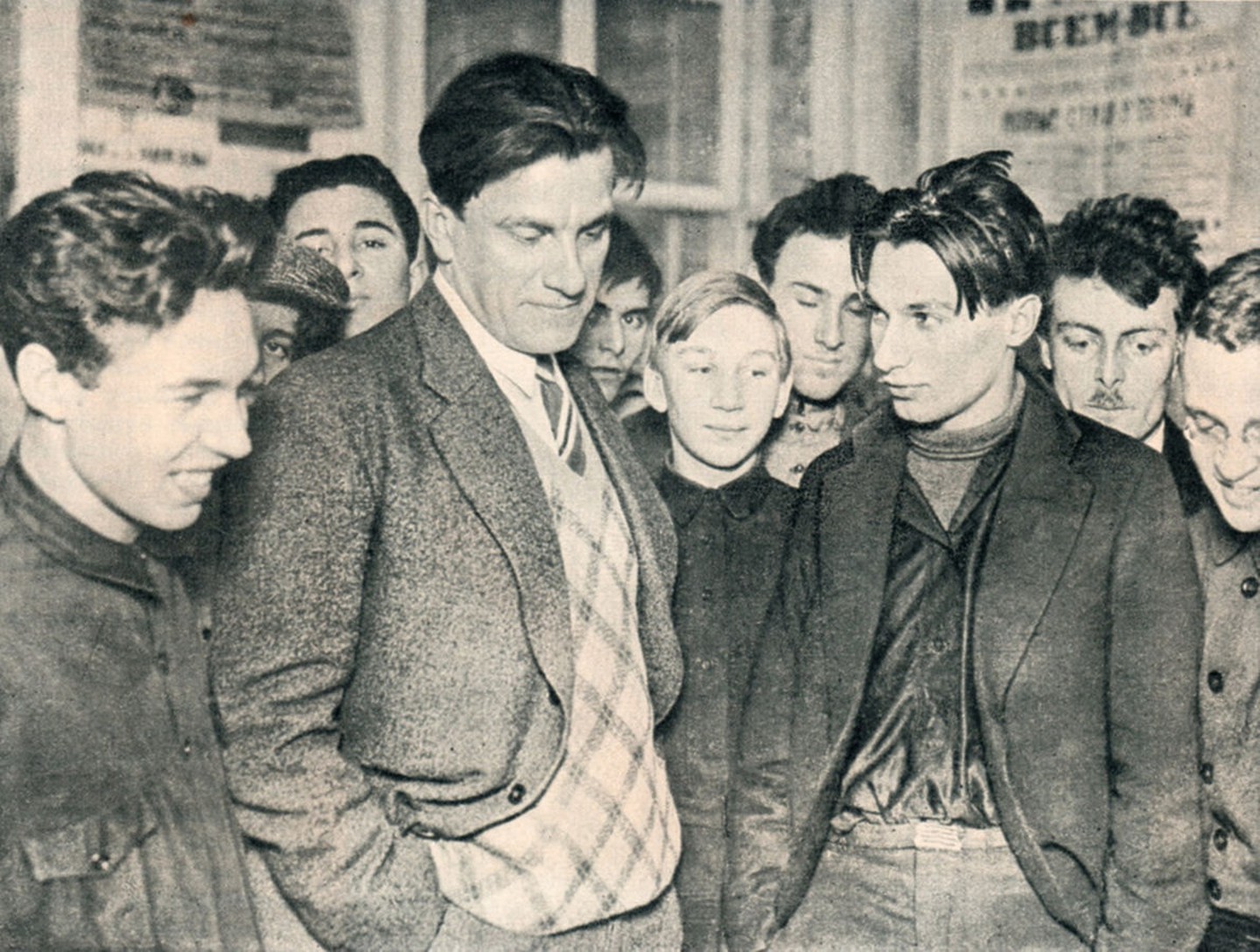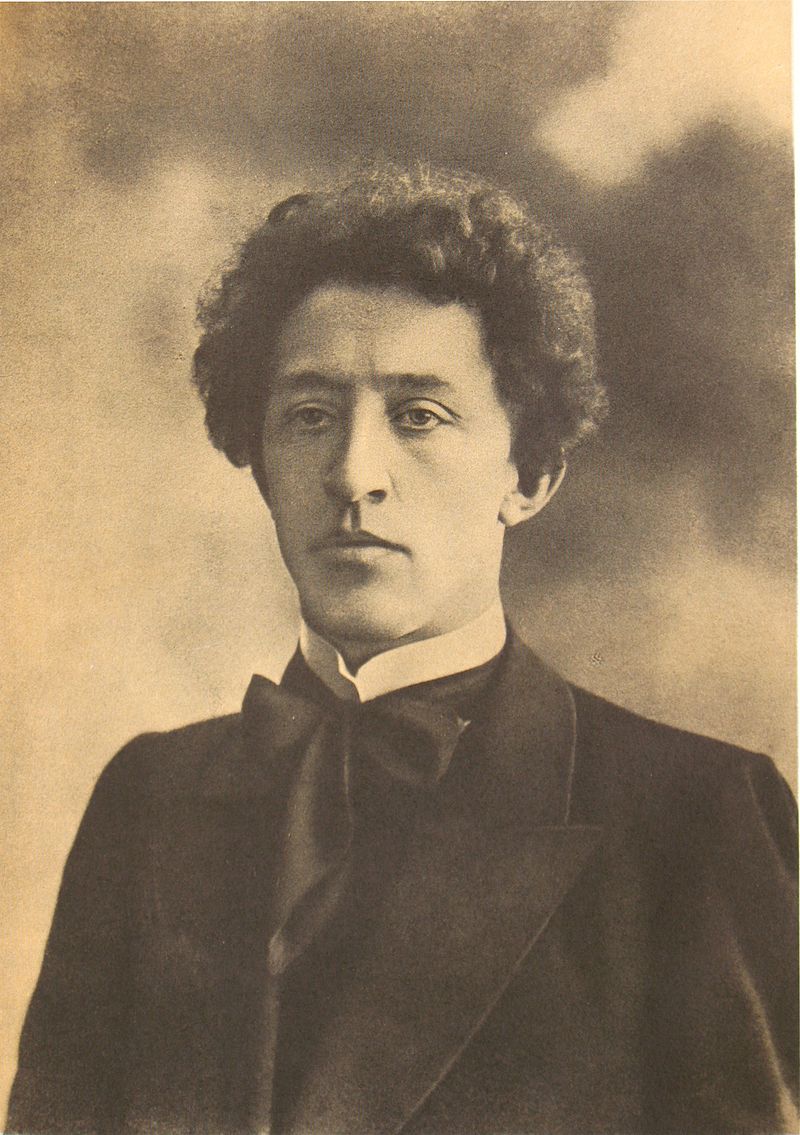

A Complete Overview of The Silver Age in Russian Art and Literature
At the turn of the 20th century, a cultural outburst overcame Russia. As Russia’s entire dynamic began to shift in a major way, the art and literature of the time reflected these changes. These changes became known as the Silver Age in Russian art and literature. Following the Russian classics of the Golden Age, the Silver Age marked a great peak of artistic achievement. The Silver Age was an era from the 1880s-1917 that saw the cultural and political realms of Russia transform alongside the rise of modernism. Two important movements within the evolution of modernism are symbolism and avant-garde. The relationship between these two movements and their relations to the “classics” of the 19th century distinctly reflect the cultural and political developments of the Silver Age.
One of the first and most prevalent practices of modernism within the Silver Age was a school of poetry known as symbolism. As the 19th century began to end, so too did the realist movement. Symbolism was the movement that followed which attempted to look for a higher truth in life rather than depicting reality. Between the political changes of the autocracy falling, industrial changes being prompted by Western success, and the artistic shift away from the “Great Russian Novel”, this world that Russia thought to be known as true became “secondary” and symbolists instead sought eternal truths. As a result of this, symbolists began using reality to represent these eternal truths by using them as “symbols”. One of the most profound symbolists is Aleksandr Blok.
His renowned poems commonly depict the ideal Russian life and its tainted relationship with the harsh truths of the industrial sector. One poem in particular which is a great example of symbolism is known as “The Twelve”. In this poem, Blok symbolizes twelve Bolshevik soldiers to being Christ’s twelve disciples. The use of symbolism with a religious tone greatly reveals the goals of symbolists to look for truth in a reality higher than what is seen to the human eye. In a time of such profound cultural and political revolution, the very ideals of symbolism inspired many.
One particular response to symbolism was the avant-garde movement. Those behind the avant-garde movement were motivated by leftist political causes and aimed at complete social transformation. Their goals were to dissolve the division between public and private life, liberate women from traditional obligation, and reconstruct cities. All of the changes were attempts to advance towards a socialist way of living. Through artistic movements within avant-garde such as Constructivism, Futurism, and Supremetism the avant-garde movement tried to do away with the distinction between art and life. This bridge is extremely evident in one of the first Supremetist art pieces known as “Black Square” in 1915. “Black Square” is a painting by Kazimir Malevich that ushered in the era of abstract art within the avant-garde phase.
Abstract art, unlike symbolism, was created distinctively to not have any content past what meets the human eye. Abstract art was not meant to be a window that one could look through to see some representation of reality, but rather an aesthetic way to connect all of Russia. Producing abstract art made artistic expression closer to an imperial reality that all of Russia could understand. This equity and unity of all of the social classes heavily represents the utopian and utilitarian ideals that the avant-garde movement stood for.
Due to political and cultural differences between the Silver Age and the Golden Age, symbolism and avant-garde both differ and share many similarities with the Russian “classics”. Between the unpopular ruling of Nicholas I, Russia’s defeat in the Revolutions of 1848 and the controversy over the practice of serfdom, artists and writers during the Golden Age were determined to realistically address Russia’s political and social issues. This gave way towards the classical movement known as realism. Realism produced many artists we know today as the “classics” of the 19th century including Ivan Goncharov, Fyodor Dostoyevsky, Leo Tolstoy, and Aleksandr Ostrovsky. Beginning in the late 19th century, symbolism of the Silver Age followed the exhaust of the Golden Age. Unlike symbolists, realists took it upon themselves to highlight the discrepancies and indignities in Russia during the time. The classics did not use these to represent some higher idea or universal truth like symbolism did.
Although the avant-garde movement more similarly resembled the classics, there still existed some distinct differences. With both eras expressing significant interest in contemporary social and political issues, their respective situations were worlds apart. During the Golden Age, the rich land-owning bourgeois held the power. Peasants and workers were mostly illiterate and a majority of the art and literature produced at the time was intended for the upper class. In contrast, the avant-garde movement was targeted toward creating a less polarized Russia and increasing the power of the proletariat. The avant-garde movement intended to transform society rather than merely shine a light on the issues of the time. Like the classics of the Golden Age, the avant-garde movement increased its attention on social issues, but the themes of the Golden Age were no longer applicable.

Futurists Mayakovsky and Kruchenykh in their book “A Slap in the Face of Public Taste” even went so far to say that classical writers Pushkin, Dostoevsky, and Tolstoy should be thrown off of a steam ship because of the differences in social context. These innate differences between the Silver Age and Golden Age eras directly show the aesthetic differences in the art that they produced.
As political unrest and dramatic changes in culture and art coincided, the Silver Age was born. Two significant cornerstones in this artistic phenomenon were symbolism and the avant-garde movement. Following the realist classics of the 19th century, symbolism strayed from classical Russian literature in art in the sense that it searched for a higher truth in events and was focused more on metaphysical aspects of life rather than current events. Avant-garde shares a commonality with the classics in that both movements narrowed in on social issues, however avant-garde took this preoccupation a step further with their Bolshevik political affiliation and steps toward complete social transformation. The art and literature that was produced during the Silver Age and its relationship with the classics of the Golden Age can be seen as a complete reflection of the political and cultural themes of their respective eras. The era in Russian art that followed the Silver Age is known as Socialist Realism, which was a response to the abstract art of the Silver Age and forced artists to create art for the average Soviet person.
Learn to speak russian
Travel with ease & dive into the culture, history & lifestyle of post-Soviet countries
free russian learning materials
Melissa
Get the Goods
Head over to the Language & Travel Shop to check out my favorite goodies I use for learning Russian and traveling! I've compiled all my favorite products I use when #onthebloc so that you can benefit from them when you travel abroad. Help yourself prepare and support this blog at the same time :) Счастливого пути!
carry-on goods
gifts for travelers
photography
apparel & accessories
textbooks & readers
luggage & bags
categories
#oTB essentials
Russian-Speaking Travel Destinations
use your new russian skills in real life!
Belarus
EASTERN EUROPE
central Asia
central Asia
Eurasia
Russia
Kyrgyzstan
armenia
Moldova
Kazakhstan
eastern europe
read »
read »
read »
read »
read »
read »
The caucasus

